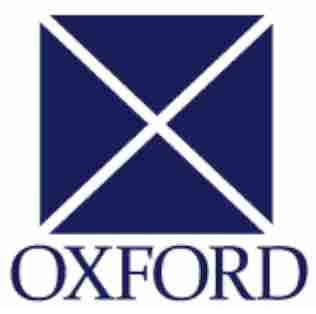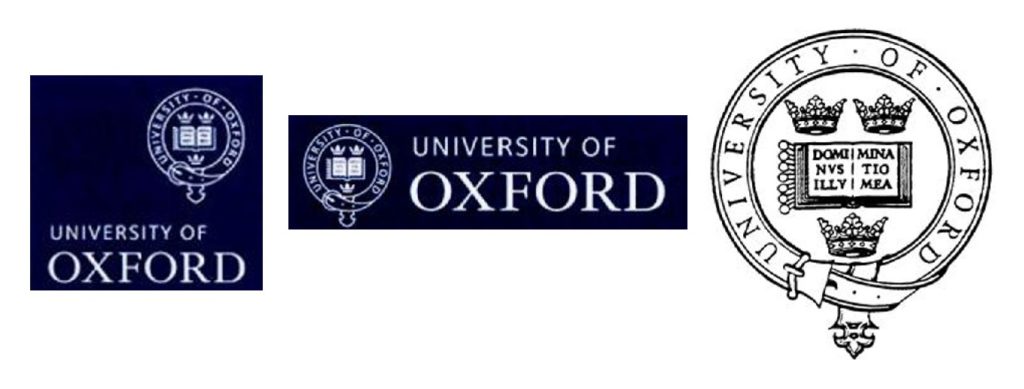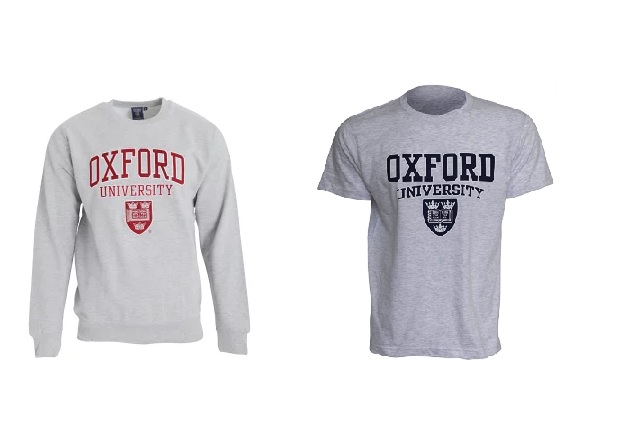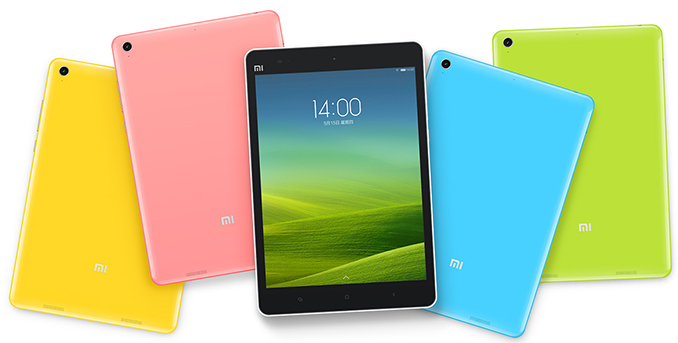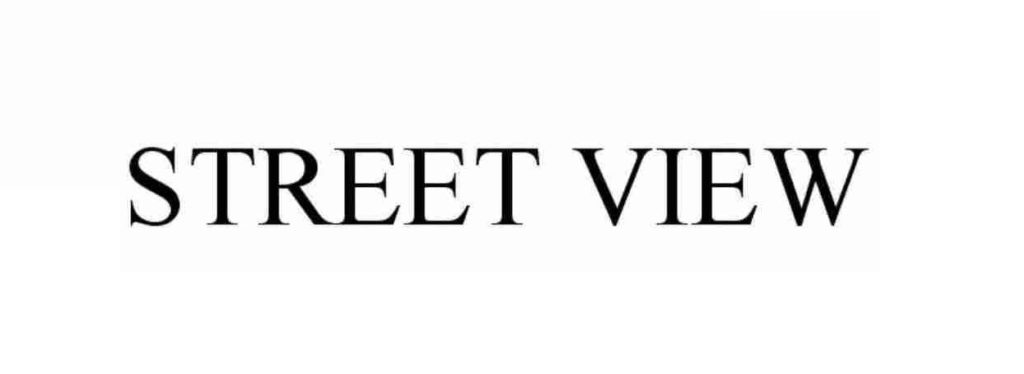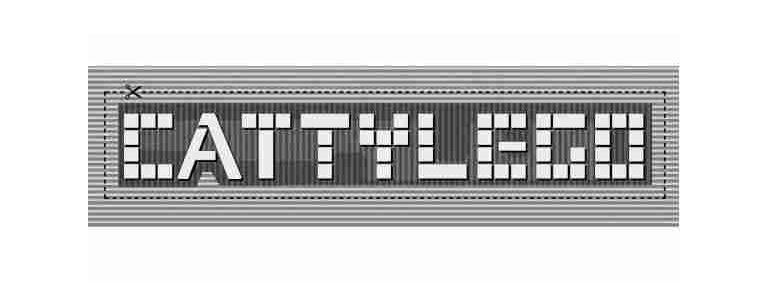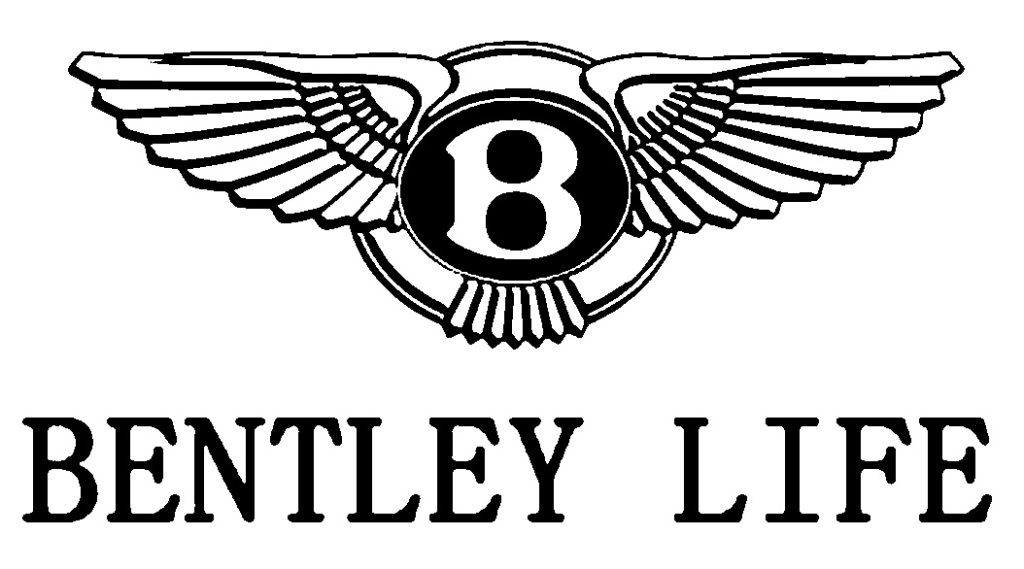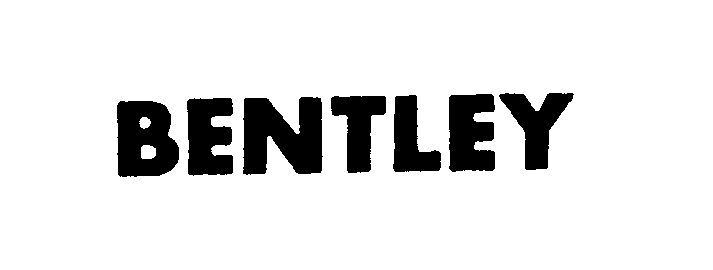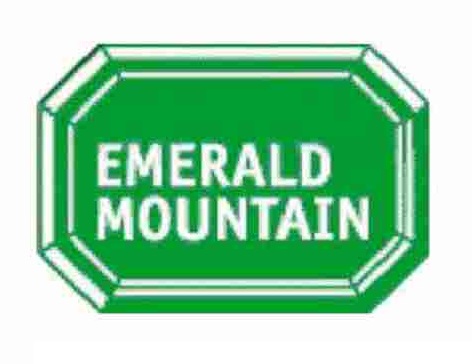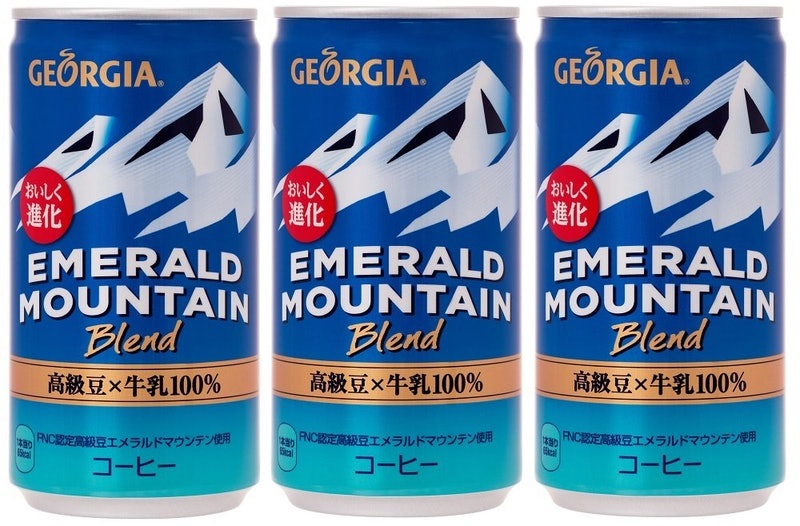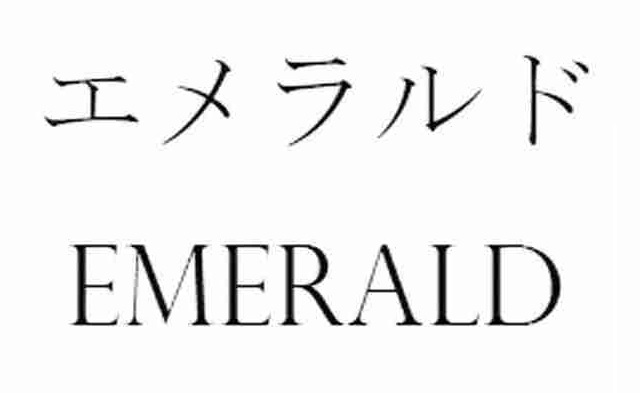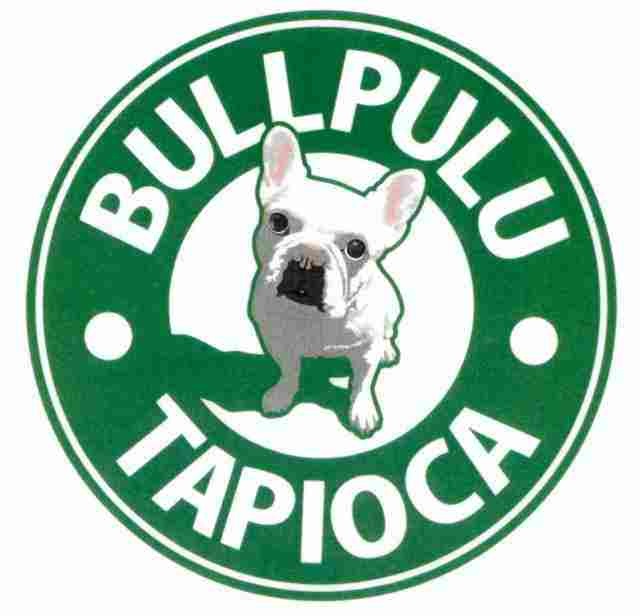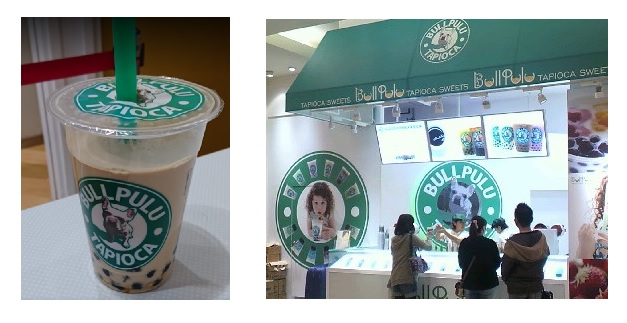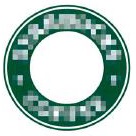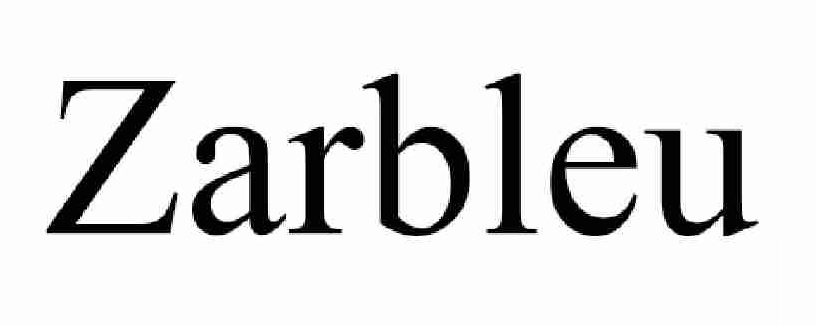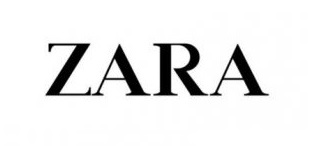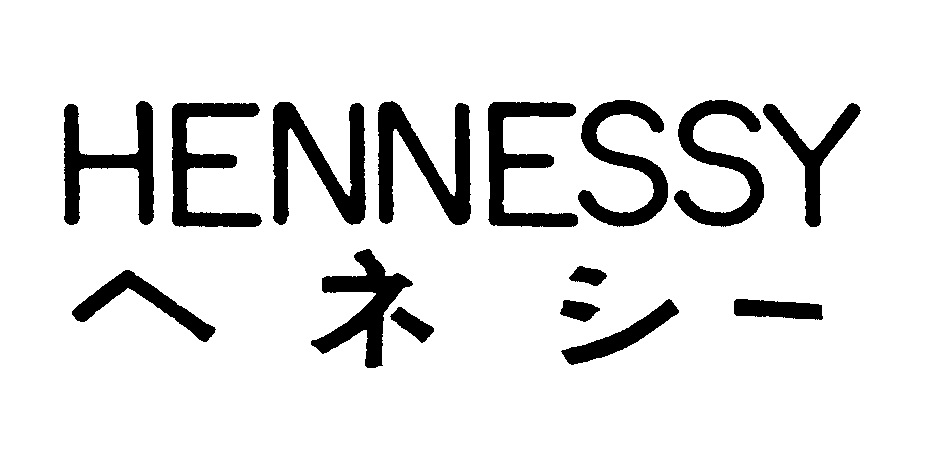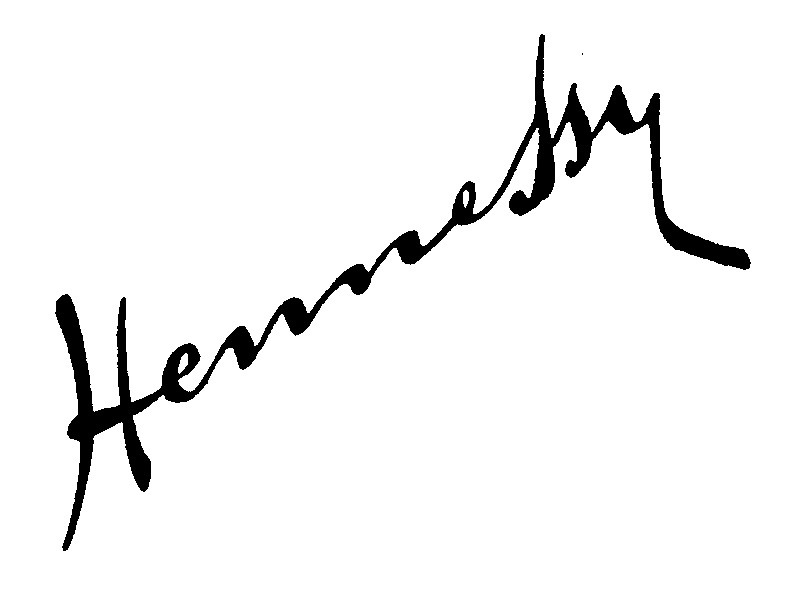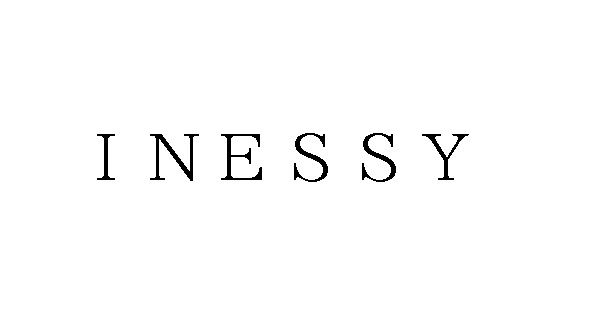Chanel lost in its attempt to block Japanese Trademark Registration No. 6160592 for a composite mark consisting of words “GONNA GETCHA” combined with a design made of two inverted and interlocked “G”.
[Opposition case no. 2019-900284, Gazette issued date: December 25, 2020]
Opposed mark
The opposed mark consists of the words “GONNA GETCHA” combined with a design made of two inverted and interlocked “G” (see below). Applicant, a Japanese company, M-Paulownia Co., Ltd., filed the opposed mark for use on ‘key rings; personal ornaments; shoe ornaments of precious metal; clocks and watches; unwrought and semi-wrought precious stones and their imitations’ under Class 14 on June 6, 2018.
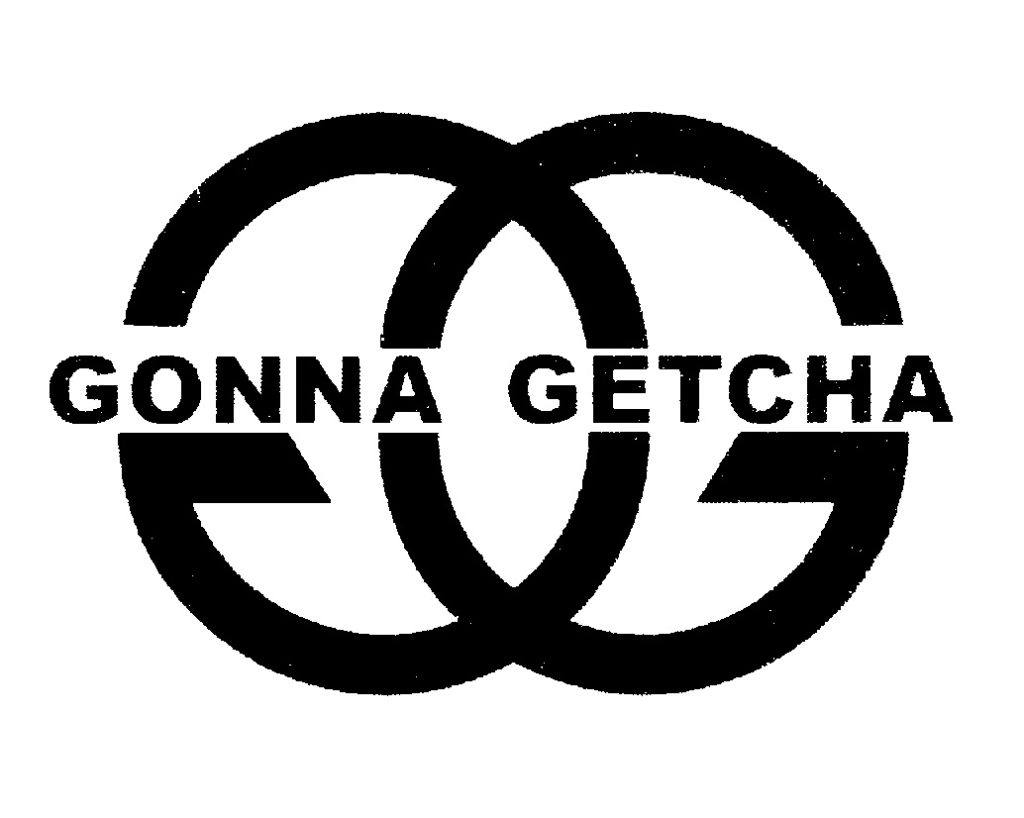
The mark was published for post-granted opposition on August 6, 2019, without confronting any office action from the JPO examiner.
Opposition by CHANEL
On October 2, 2019, CHANEL SARL filed an Opposition and argued the opposed mark shall be canceled in contravention of Article 4(1)(xi), (xv), and (xix) of the Trademark Law on the ground that:
- The opposed mark is similar to the prestigious Chanel’s monogram made of two inverted “c” displayed as an ellipse in its central point (see below) for goods in class 14 under Registration No. 4864605 and others.
- Given the remarkable degree of popularity and reputation of Chanel’s monogram, relevant consumers with an ordinary care are likely to confuse a source of the goods bearing the opposed with CHANEL.
- Applicant must have applied the opposed mark, confusingly similar to Chanel’s monogram with an unfair intention to take advantage of the reputation and goodwill associated with Chanel’s famous trademark.
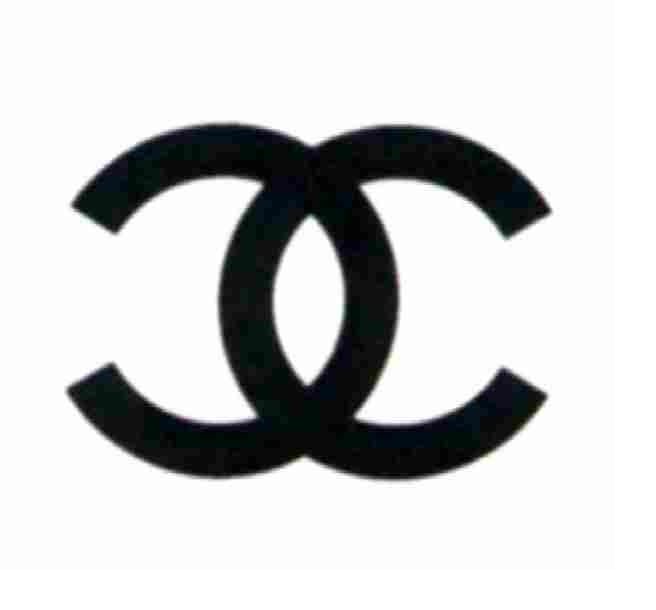
JPO Decision
The JPO Opposition Board admitted that Chanel’s monogram has acquired a high degree of reputation among relevant consumers in Japan based on substantial use of the monogram on various fashion items including jewelry, accessories, and watches under Class 14. Allegedly, CHANEL spent more than 5 billion JP-Yen on advertising in Japan each year since 2014. Annual sales revenue exceeds 50 billion JP-Yen. Jewelry accounts for 3 billion JP-Yen of the revenue.
In the meantime, the JPO denied the similarity between the opposed mark and the monogram. From appearance, the differences arising from ‘C’ or ‘G’ and “GONNA GETCHA” would give rise to a distinctive impression. Phonetically and conceptually, it is obvious that both marks are sufficiently distinguishable by virtues of the differences.
Given a low degree of similarity between the marks, the Board held the opposed mark is unlikely to cause confusion when used on goods under class 14.
Assuming that both marks are dissimilar, the Board was unable to find any reasonable ground to believe that the applicant aimed for free-riding on the goodwill of Chanel’s monogram.
Based on the foregoing, the JPO dismissed the entire allegations of CHANEL SARL and allowed the opposed mark to register as the status quo.

